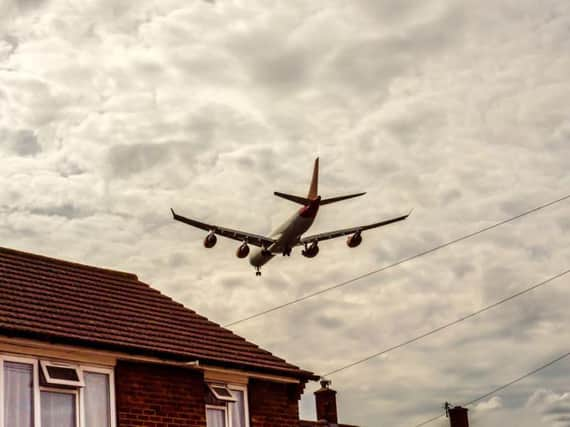Live near a flightpath? Find out if it might hit your home's property value


There’s never been a cheaper or easier time to fly. But while the quiet buzz of a distant aircraft is never a problem if you live far away from an airfield, at what point does the buzz of aircraft become a real nuisance? Research now provides a definitive answer.
According to the UK’s Civil Aviation Authority, 57 decibels is the noise level at which we should be concerned: that’s the volume at which people start putting pen to paper and submitting to their MP or local council. A scientific algorithm known as ‘ANCON’ (the Aircraft Noise Contour Model) is applied to most major airports to determine something known as the ‘Sound Exposure Level’, giving us this figure.
But what does this mean? As a general rule, noise is measured in decibels, a logarithmic unit that reflects the intensity of a sound. But the intensity of a sound is only one part of the equation, says Barry Bridges from Property Detective PropertyDetective.com.
“A commercial jet flying over your house might be very noisy … but only for a short period of time. Whereas a busy motorway at the end of your garden might be less noisy but consistently drone throughout the day. Sound Exposure Level (SEL) is the measurement that combines the noise intensity in decibels with the nature of the disturbance – and it’s this figure that is used within ANCON.
“Putting this all together, if aircraft flying overhead are generating a sound exposure level of more than 57 decibels, chances are you have a problem,” says Barry.
What this means is that for most people, including potential buyers, the ‘volume’ o